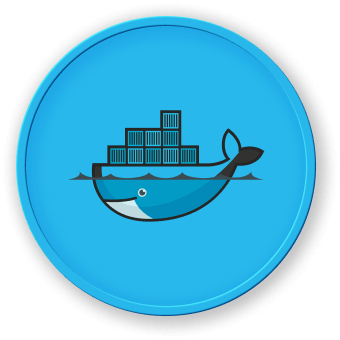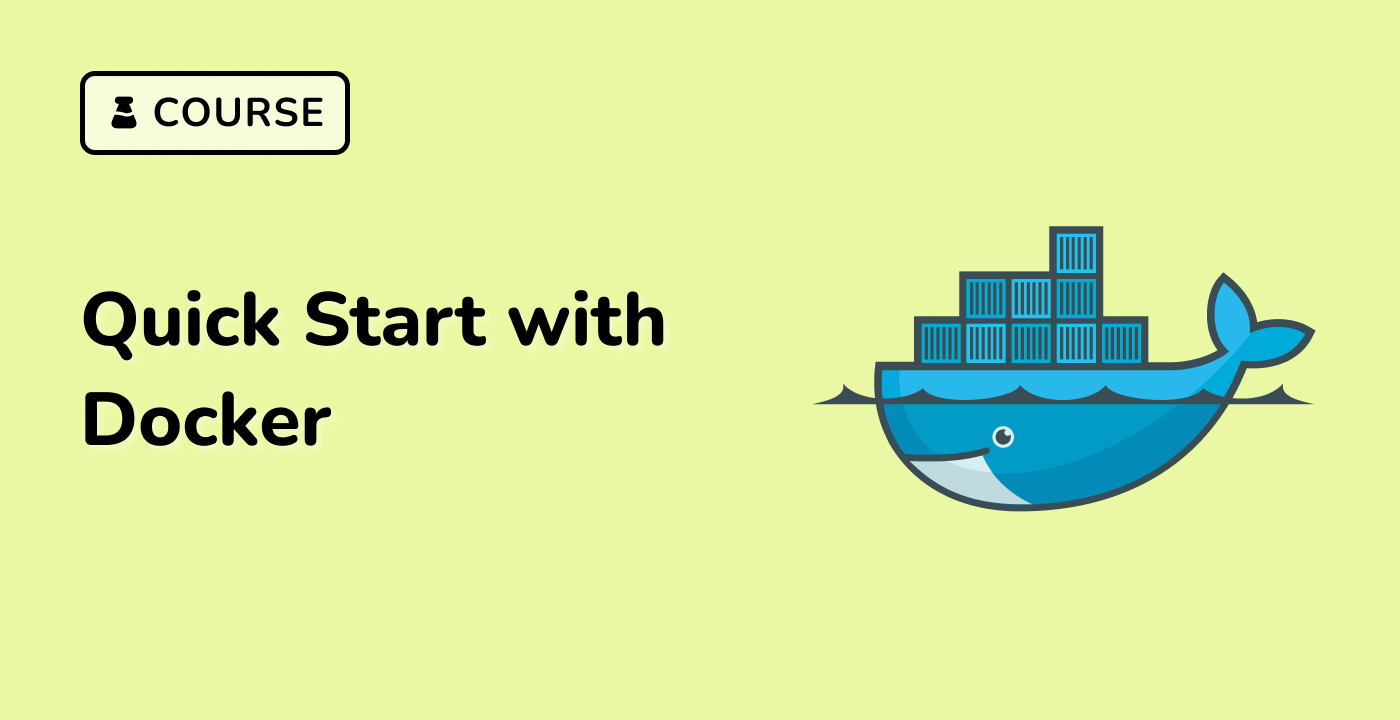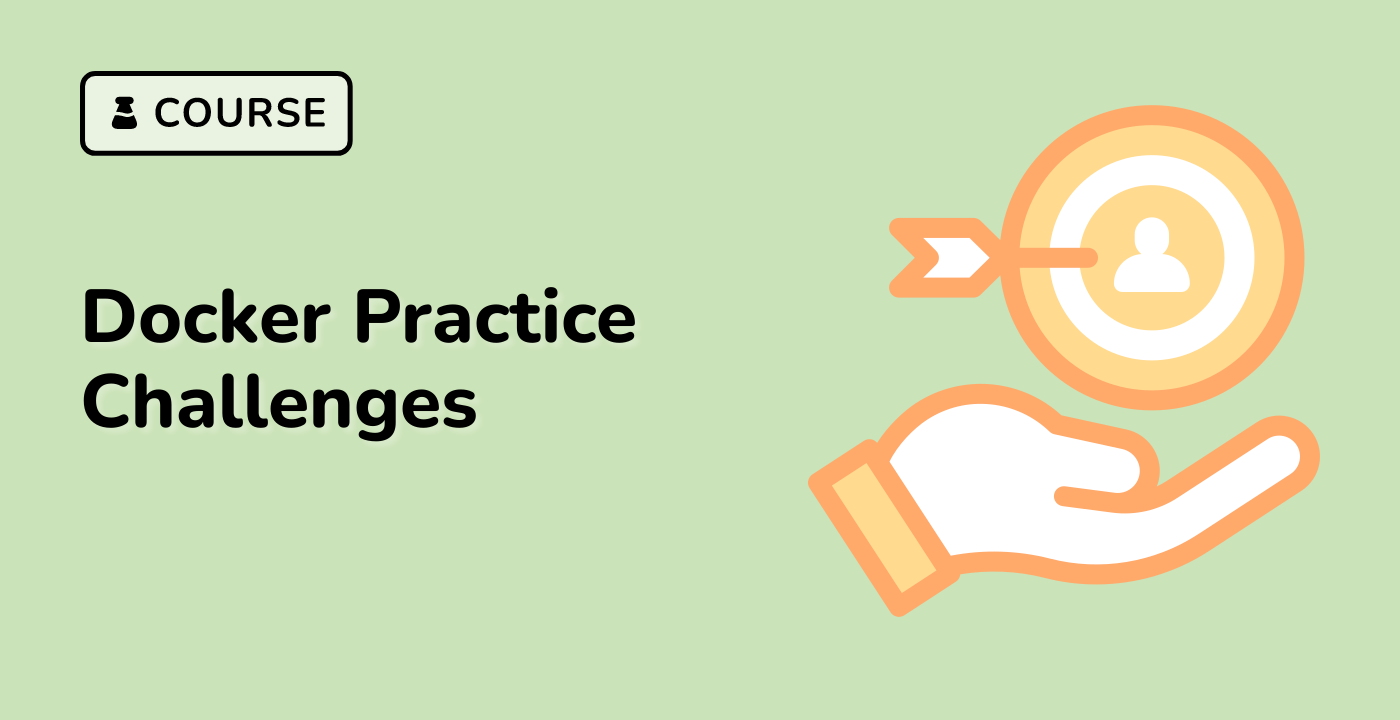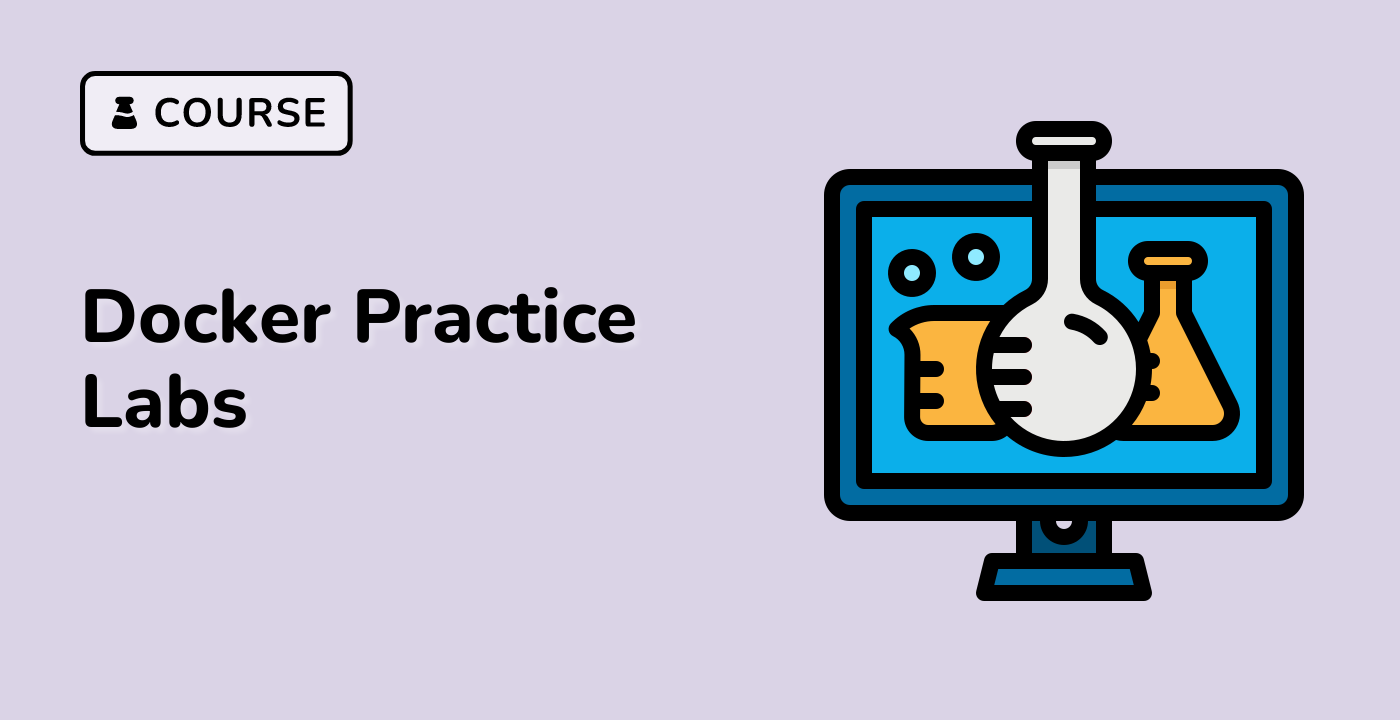Docker Container Fundamentals
What are Docker Containers?
Docker containers are lightweight, standalone, executable packages that include everything needed to run an application: code, runtime, system tools, libraries, and settings. They provide a consistent and portable environment for software development and deployment across different computing platforms.
Core Container Characteristics
| Characteristic |
Description |
| Isolation |
Containers run in isolated user spaces |
| Lightweight |
Minimal resource consumption compared to virtual machines |
| Portability |
Can run consistently across different environments |
| Scalability |
Easy to scale up or down quickly |
Container Architecture
graph TD
A[Docker Engine] --> B[Container Runtime]
B --> C[Container Image]
C --> D[Running Container]
D --> E[Container Processes]
Basic Container Operations
Creating a Simple Container
## Pull Ubuntu image
docker pull ubuntu:22.04
## Run an interactive container
docker run -it ubuntu:22.04 /bin/bash
## List running containers
docker ps
## List all containers
docker ps -a
Container Lifecycle Example
## Start a new container
docker run -d --name web-app nginx:latest
## Stop a running container
docker stop web-app
## Remove a container
docker rm web-app
Key Container Technology Concepts
Containerization enables developers to package applications with their entire runtime environment, ensuring consistent behavior across different computing platforms. This approach solves the "it works on my machine" problem by providing a standardized deployment mechanism.
Docker containers leverage Linux kernel features like namespaces and cgroups to create isolated, resource-controlled environments. They are more efficient than traditional virtual machines because they share the host system's kernel and require fewer resources.
Use Cases for Docker Containers
- Microservices architecture
- Continuous Integration/Continuous Deployment (CI/CD)
- Cloud-native application development
- Development and testing environments
- Consistent software distribution




